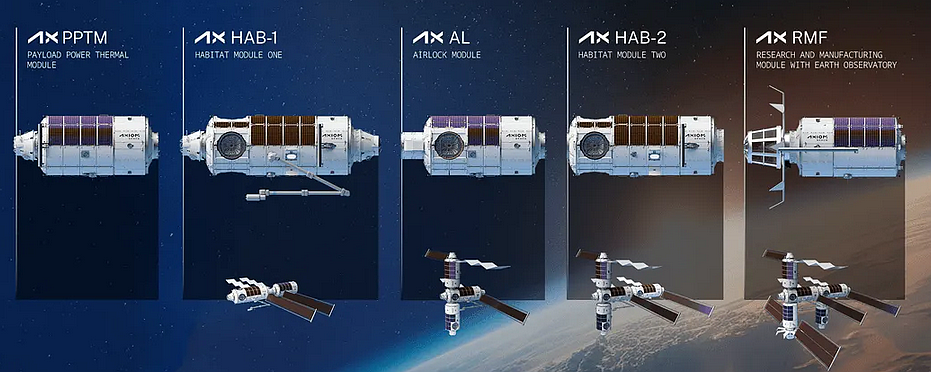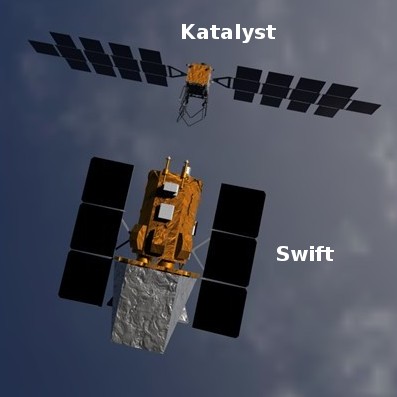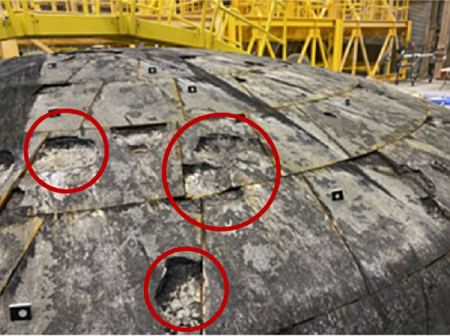Germany’s military commits to spending $41 billion on space through 2030
In another sign that the member nations of the European Space Agency (ESA) are increasingly going their own way, Germany’s defense minister announced yesterday that his agency plans to spend $41 billion on space through 2030.
According to a 25 September Bundeswehr (German Armed Forces) release published following the minister’s address, the €35 billion investment will cover five main priorities: hardening against data disruptions and attacks, improved space situational awareness, redundancy through several networked satellite constellations, secure, diverse, and on-demand launch capabilities, and a dedicated military satellite operations centre.
This commitment is going to definitely benefit the three German rocket startups, Isar Aerospace, Rocket Factory Augsburg, and Hyimpulse. It will also likely benefit the North Sea launch platform — based in Germany — that is being built by a German consortium that has already received almost one million from the government.
While the European partners in ESA have generally kept their military spending separate from that agency, in the past a large bulk of this defense spending would have been committed to ESA joint projects, such as funding the agency’s commercial launch operation, Arianespace, to do the launches. No more.
In another sign that the member nations of the European Space Agency (ESA) are increasingly going their own way, Germany’s defense minister announced yesterday that his agency plans to spend $41 billion on space through 2030.
According to a 25 September Bundeswehr (German Armed Forces) release published following the minister’s address, the €35 billion investment will cover five main priorities: hardening against data disruptions and attacks, improved space situational awareness, redundancy through several networked satellite constellations, secure, diverse, and on-demand launch capabilities, and a dedicated military satellite operations centre.
This commitment is going to definitely benefit the three German rocket startups, Isar Aerospace, Rocket Factory Augsburg, and Hyimpulse. It will also likely benefit the North Sea launch platform — based in Germany — that is being built by a German consortium that has already received almost one million from the government.
While the European partners in ESA have generally kept their military spending separate from that agency, in the past a large bulk of this defense spending would have been committed to ESA joint projects, such as funding the agency’s commercial launch operation, Arianespace, to do the launches. No more.



















